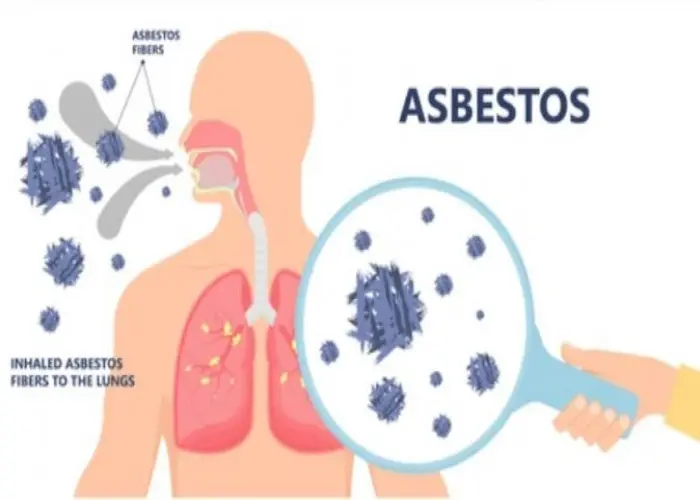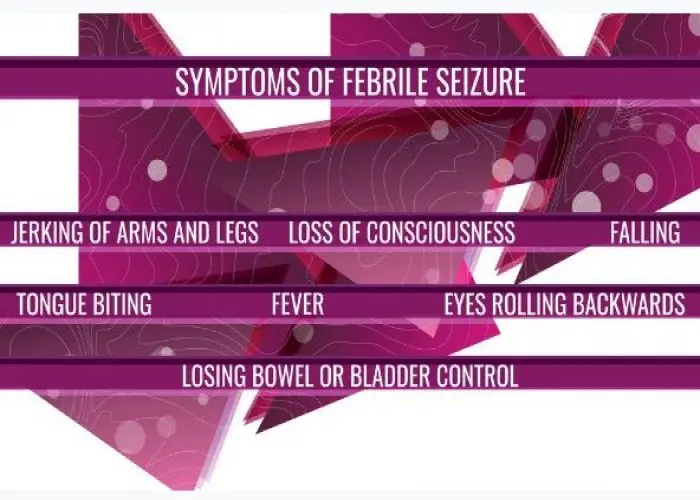 Welcome
Welcome
“May all be happy, may all be healed, may all be at peace and may no one ever suffer."
Asbestosis

Asbestosis is a lung disease caused by inhaling asbestos fibers. Asbestos is a naturally occurring mineral that was commonly used in building materials and other products because of its fire-resistant properties. When asbestos fibers are inhaled, they can become lodged in the lungs, causing inflammation and scarring over time.
Symptoms of asbestosis may not appear for several decades after exposure to asbestos but can include shortness of breath, persistent coughing, chest pain, and clubbing of the fingers and toes. Asbestosis can also increase the risk of lung cancer and mesothelioma, a type of cancer that affects the tissue lining the lungs and other organs.
Diagnosis of asbestosis is typically based on a combination of medical history, physical exam, and imaging tests such as chest x-ray or CT scan. There is no cure for asbestosis, but treatment can help manage symptoms and prevent the disease from getting worse.
If you have been exposed to asbestos, it's important to talk to your doctor about your risk for asbestosis and any steps you can take to reduce your risk. Taking steps to reduce exposure to asbestos and protecting your lungs can help reduce the risk of developing asbestosis and other serious complications.
Research Papers
Disease Signs and Symptoms
- Shortness of breath (dyspnea)
- Dry cough
- Chest tightness
- Chest pain
- Fingertips spread out and become rounder than normal (Clubbing of fingers)
Disease Causes
Asbestosis
If you are exposed to high levels of asbestos dust over a long period of time, some of the airborne fibers can become lodged within your alveoli — the tiny sacs inside your lungs where oxygen is exchanged for carbon dioxide in your blood. The asbestos fibers irritate and scar lung tissue, causing the lungs to become stiff. This makes it difficult to breathe.
As asbestosis progresses, more and more lung tissue becomes scarred. Eventually, your lung tissue becomes so stiff that it can't contract and expand normally.
Smoking appears to increase the retention of asbestos fibers in the lungs, and often results in a faster progression of the disease.
Disease Prevents
Asbestosis
Reducing exposure to asbestos is the best prevention against asbestosis. In the United States, federal law requires employers in industries that work with asbestos products — such as construction — to take special safety measures.
Many homes, schools and other buildings built before the 1970s have materials such as pipes and floor tiles that contain asbestos. Generally, there's no risk of exposure as long as the asbestos is enclosed and undisturbed. It's when materials containing asbestos are damaged that there's a danger of asbestos fibers being released into the air and inhaled. Always have asbestos products inspected and repaired or removed by trained and accredited asbestos professionals.
Disease Treatments
There's no treatment to reverse the effects of asbestos on the alveoli. Treatment focuses on slowing the progression of the disease, relieving symptoms and preventing complications.
You'll need routine follow-up care, such as chest X-rays or CT scans and lung function tests, at regular intervals depending on the severity of your condition. Prompt treatment of respiratory infections can help prevent complications.
Therapy
To ease breathing difficulty caused by advanced asbestosis, your health care provider might prescribe supplemental oxygen. This is delivered by thin plastic tubing with prongs that fit into your nostrils or thin tubing connected to a mask worn over your nose and mouth.
Participating in a pulmonary rehabilitation program may help some people. The program offers educational and exercise components such as breathing and relaxation techniques, ways to improve physical activity habits, and education to improve overall health.
Surgery
If your symptoms are severe, you might be a candidate for a lung transplant.
Disease Diagnoses
Disease Allopathic Generics
Disease Ayurvedic Generics
Disease Homeopathic Generics
Disease yoga
Asbestosis and Learn More about Diseases

Parvovirus infection

Congenital heart defects in children

Hydrocele

Genital herpes

Febrile seizure

Mixed connective tissue disease

Patellofemoral pain syndrome

Chronic exertional compartment syndrome
Asbestosis, Asbestos symptoms, Asbestos poisoning, অ্যাসবেস্টোসিস
To be happy, beautiful, healthy, wealthy, hale and long-lived stay with DM3S.
